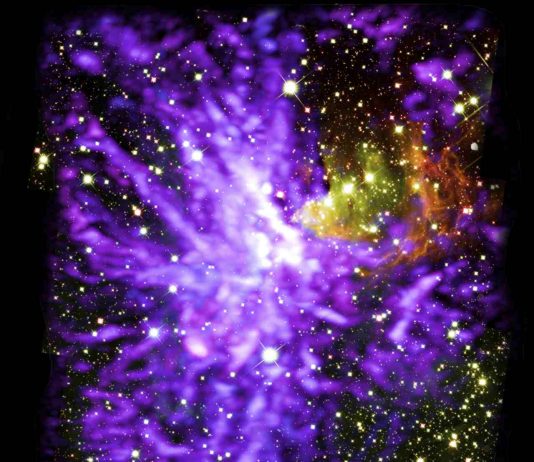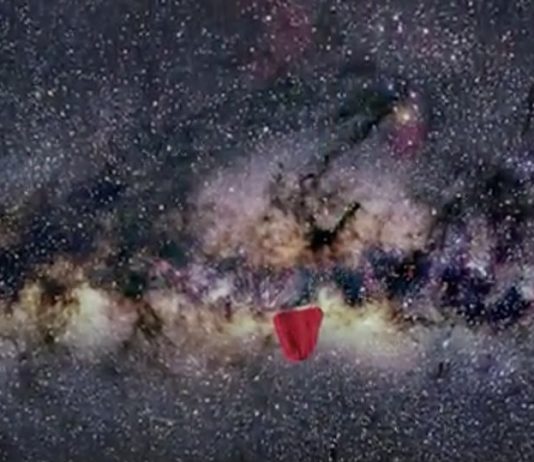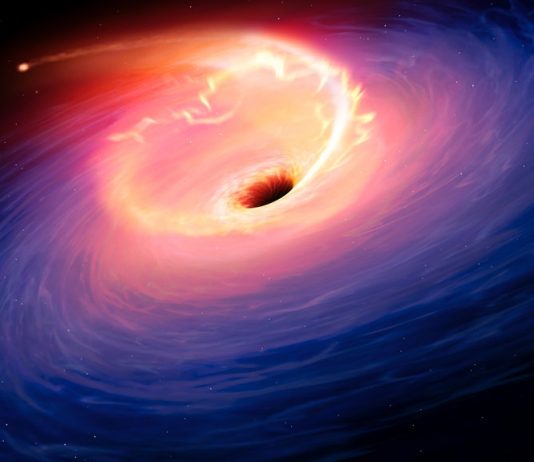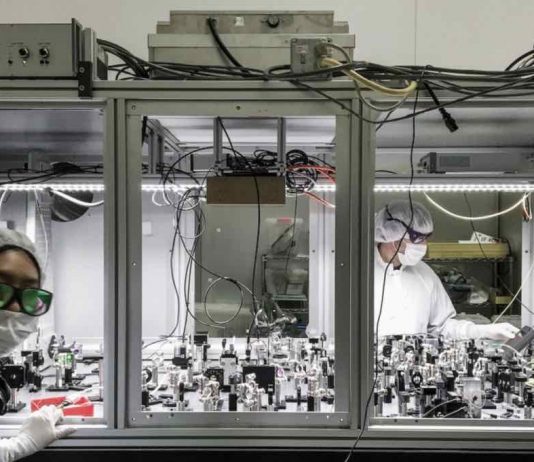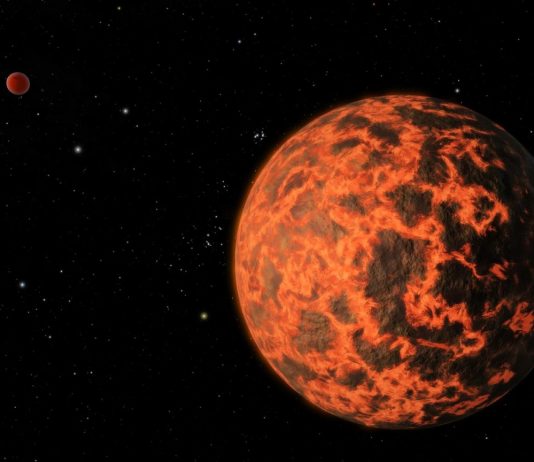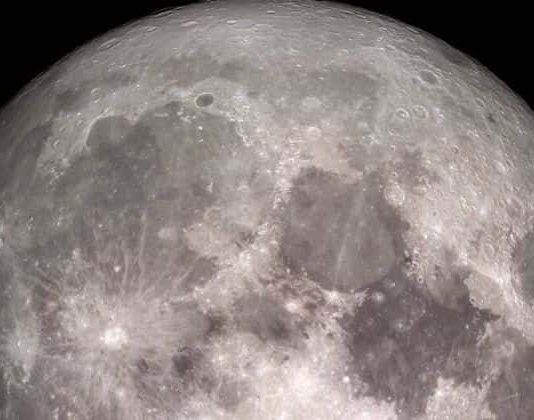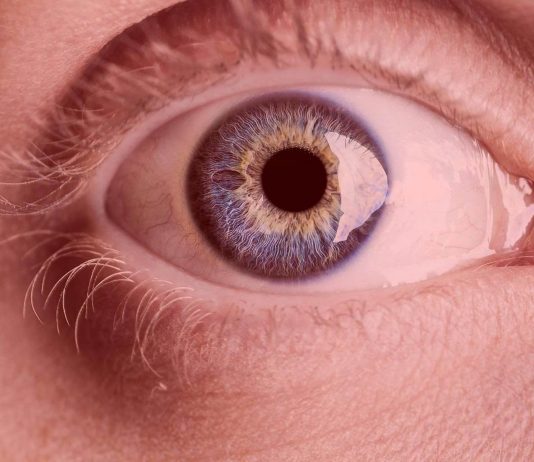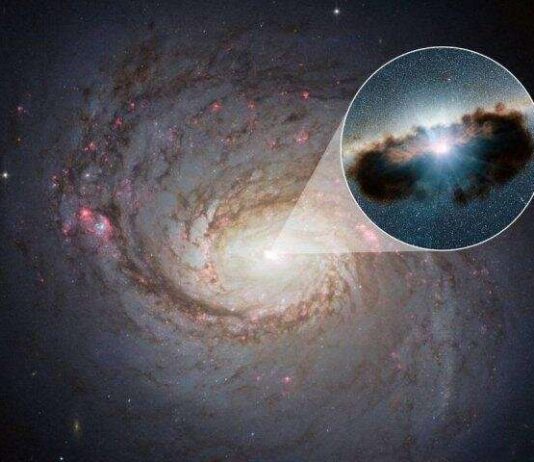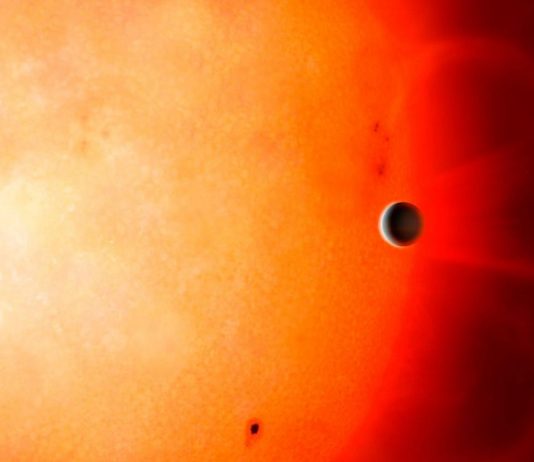Celestial fireworks in a star cluster called G286.21+0.17 have now been observed by astronomers.
The Atacama Large Millimeter/submillimeter Array (ALMA) radio telescope in Chile joined hands with the Hubble Space Telescope to create a mosaic of the star cluster, which appeared like 'cosmic fireworks' highlighting purple streamers and sizzling stars,...
A mysterious red glow at the centre of the Milky Way has been detected for the first time.
The Milky Way’s nucleus thrums with hydrogen that has been ionized, or stripped of its electrons so that it is highly energized, said Haffner, assistant professor of physics & astronomy at Embry-Riddle...
At the time of its discovery, the black hole had a mass of around 20 billion solar masses and had an accretion rate of half a solar mass a day.
It is 34 billion times the mass of our sun and gorges on nearly the equivalent of one sun every...
Observations showed that 88-pound mirrors were 'kicked' by the 'spooky popcorn of the universe.'
Quantum physics is the realm of tiny particles no longer. Scientists at the giant gravitational wave detector LIGO in the US are now measuring the quantum effects of 40-kilogram mirrors used to detect gravitational waves.
While physicists...
Researchers have found the first planet with its core exposed.
The discovery represents the first time that researchers have been able to look into the inside of a planet, potentially offering an unprecedented understanding of how such worlds are formed.
The core is believed to be a gas giant that was...
Thank goodness for the Earth's crust: It is, after all, that solid, outermost layer of our planet that supports everything above it.
But much of what happens below that layer remains a mystery, including the fate of sections of crust that vanish back into the Earth. Now, a team of...
A new musical craze is sweeping across Canada, banishing traditional styles of song to the past..
Most bird species are slow to change their tune, preferring to stick with tried-and-true songs to defend territories and attract females. Now, with the help of citizen scientists, researchers have tracked how one rare...
Staring at a deep red light for three minutes a day can significantly improve declining eyesight, finds a new UCL-led study, the first of its kind in humans.
Scientists believe the discovery, published in the Journals of Gerontology, could signal the dawn of new affordable home-based eye therapies, helping the...
The origin of high-energy cosmic neutrinos observed by the IceCube Neutrino Observatory, whose detector is buried deep in the Antarctic ice, is an enigma that has perplexed physicists and astronomers. A new model could help explain the unexpectedly large flux of some of these neutrinos inferred by recent neutrino...
The surviving core of a gas giant has been discovered orbiting a distant star by University of Warwick astronomers, offering an unprecedented glimpse into the interior of a planet.
The core, which is the same size as Neptune in our own solar system, is believed to be a gas giant...




















